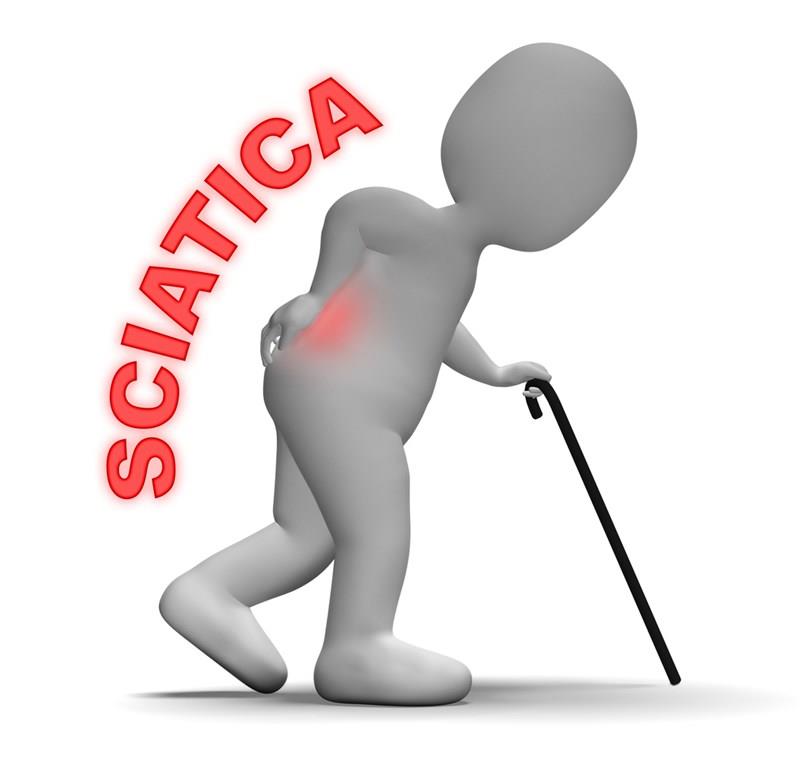Sciatica is a relatively common condition which affects between 13% and 40% of people in society. It is usually caused by an inflammatory reaction around the nerve roots of the lumbar spine, and symptoms can include back pain, buttock / leg pain, numbness, muscle weakness and pins and needles.
Taller people, and people who’s lifestyle involves a lot of driving tend to be more susceptible to developing sciatica.
Many mechanisms have historically been suggested for how the pain in sciatica is created, including disc herniations, and rheumatic inflammation. In recent times, the consensus is on mechanisms which result in an inflammatory reaction around the lumbar nerve roots. These may include damage to spinal joints, degenerative discs and muscle tension.
Spinal assessment will show if there are any areas of damage in the spine which can be corrected or improved with chiropractic care. Otherwise, the diagnosis of what is contributing to the sciatic pain can be assisted clinically by conducting some screening tests to check for nerve damage.
Muscle trigger points around the pelvis and Sacro-iliac joints may result in a referred pattern of pain which may be similar to sciatica but does not involve nerve root inflammation. This muscular pain is usually easily relieved with chiropractic methods.
Depending on the underlying mechanism behind the sciatic pain, it usually responds well to chiropractic treatment. Chiropractic care restores normal position and movement to spinal facet joints, and also relieves muscular tension and contraction around the lower back and pelvis.
Surgery is usually not necessary, even with severely painful presentation. Studies have shown that after 2 years, patients who have had surgery had no better outcomes than those who didn’t. Disc pathology and stenosis (narrowing of tunnels where nerve roots sit) with apparent neural compromise have been shown to be a relatively common finding even in asymptomatic patients, while symptomatic patients with disc herniation may experience marked symptomatic improvement without any real alteration of the original disc pathology. Also, the removal of herniated disc material or other causes of nerve root compression does not always relieve pain. This suggests that the offending disc material isn’t itself necessarily the reason for the sciatic pain.
Anti-inflammatory medications have proven not to be any more effective than placebo when treating sciatica and are not recommended.
More advanced imaging like CT or MRI scans may be helpful if a patient’s sciatica symptoms don’t improve within the first few weeks of chiropractic treatment. Sinister diseases like tumours and infections may mimic the neurological symptoms seen in sciatica, and these will need to be investigated.
Once the initial pain has resolved, your chiropractor can recommend specific stabilising exercises to support your lumbar spine and pelvis. This can be very useful in the prevention of sciatica in future.









